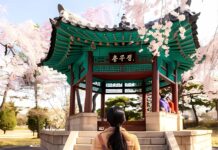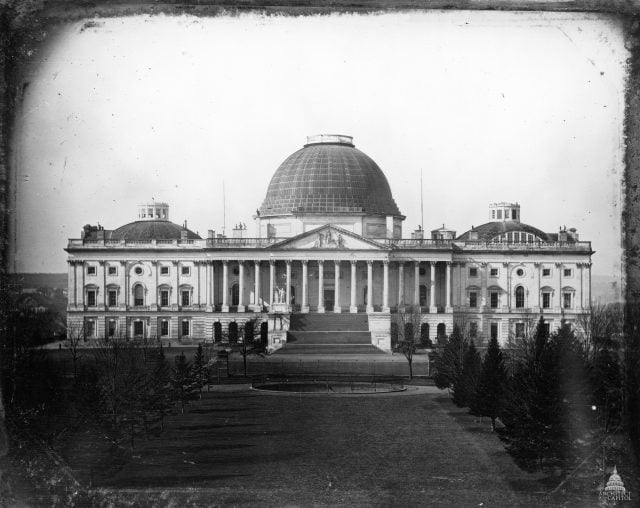By Kriti Rana
Back in Time is ED’s newspaper type column that reports an incident from the past as though it has happened just yesterday. It allows the reader to re-live it several years later, on the date it had occurred.
For this incident, we go back in time to September 1793.
September 18, 1793: Today, George Washington laid the cornerstone to the United States Capitol Building. This building would be the home of the legislative branch of the government and will embody the principles of democracy that the United States of America is founded on.
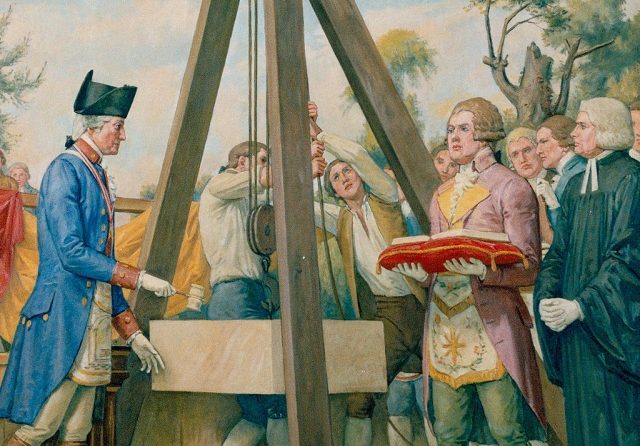
Source: Wikipedia
This comes after the 1790 Residence Act was passed by the Congress, an act which gave President Washington the right to select a permanent home for the federal government. After a few initial glitches and the firing of French engineer Pierre Charles L’Enfant, the construction process of the US Capitol building has finally begun under Scotsman William Thorton, winner of the design competition held for the building after the firing.
Post-Scriptum
The US Capitol building has stood the test of time. From the American Civil War to the rise of America as a superpower, this building has lived and survived through the ages, including the British burning of Washington in 1812 that also took the White House. The building symbolizes the democratic nature of the United States and its inclusiveness, something which earned it the title of a “melting pot”.
Rise of USA as a Superpower
The period after the Second World War, and the Cold War saw the American ascendance to become a global superpower. After 1991, the USA emerged as the sole superpower.
Throughout the better part of the century however, the USA has constantly been trying to increase its influence and has gone ahead and invaded several countries under the pretext of “introducing democracy and overthrowing dictatorial regimes”. Nonetheless, internationally it maintained the model image of a democracy, the land of the free and the brave (as hard as getting a visa may be).
Read: Trump To Make US Students Visas More Difficult To Obtain For Indians
USA Under President Trump In 2017
The recent policies under Trump, the current US president has raised questions about the nature of USA as a melting pot. The travel ban, the statements against immigration etc has generated a lot of opposition against him.
And a recent reversal on the hardcore stance adopted by Trump on “the Wall” has led him to lose support from those who supported him due to his hard-line stance during the elections.
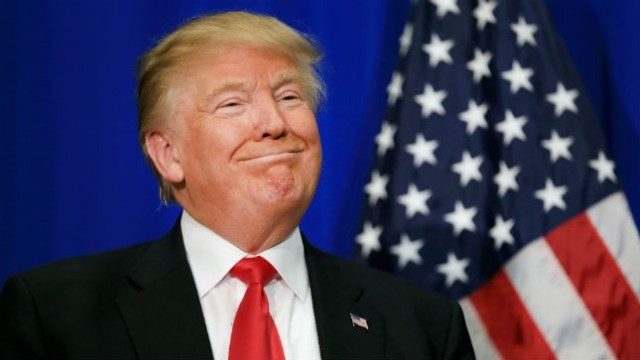
Trump Presidency has been one of the most controversial presidencies in the history of the country so far. His Tweets have certainly not helped his case. And has tarnished the image of USA as an inclusive nation.
Democracy and inclusiveness in India
This concern is not just limited to the USA, the world’s most famous democracy, but also extends to India, the world’s largest democracy.
Just like the United States of America, India too is based on the constitutional principles of democracy, inclusiveness and tolerance.
At the time when India gained independence, most newly independent countries fell prey to a non-democratic regime. India, on the other hand, has remained democratic since independence. Despite the violence of Partition, 1975 emergency, multiple wars and various other conflicts and issues, India has remained democratic, inclusive and tolerant.
The recent trend of Hindutva politics and the lynchings of people transporting beef or live cows legally by the self proclaimed Rakshaks; the murder of journalists such as Gauri Lankesh who actively opposed the Hindutva policies to silence the “voice of dissent” as well as numerous other journalists that have been killed (except their death did not make the headlines); and India’s silence on the atrocities committed by Aung San Su Kyi’s regime on the Rohingya Muslims as well as the statements about not accepting and deporting them, even though India has always been open to those in need (example: Tibetans during the India-China war, Bangladeshi refugees from what was East Pakistan during the 1971 war) have raised questions on India’s stand as an inclusive and tolerant nation.
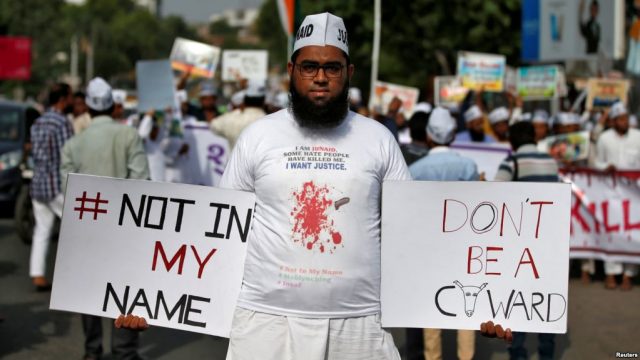
All these activities go against the history of India as a tolerant and inclusive nation that has always kept rights of people in the forefront.
Both the USA and India share a history of upholding democracy since their independence and a history of inclusiveness. Thus, this day becomes important not only for the USA but, has a symbolic value for India as well.
On this day the cornerstone of a building that would symbolise democracy and inclusiveness, the US Capitol was laid. And it is on this day that we must question the inclusiveness of not only the world’s oldest democracy but also, the world’s largest democracy.
Image Sources: Google Images
Liked what you read? Read more:
http://edtimes.in/2017/06/back-in-time-invention-ring-shaped-pastry-doughnut/
http://edtimes.in/2017/07/first-movie-screening-india-indian-cinema-birth/









